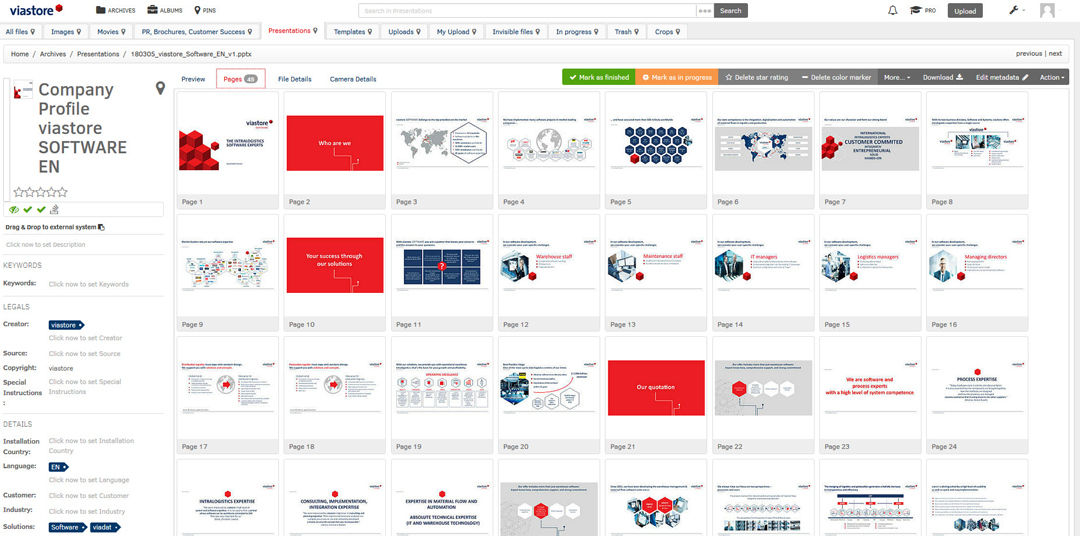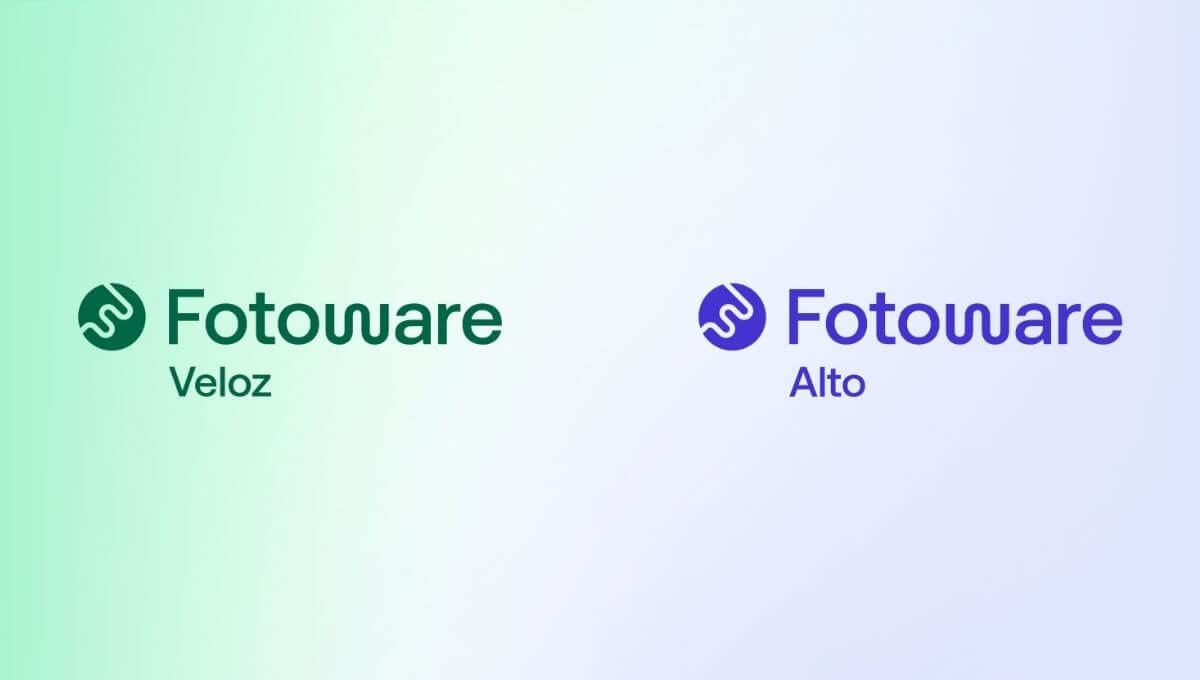
Onboarding with Digital Asset Management: TBK Consult Experience
We are happy to share a great article about Fotoware, written by Hans Peter Bech. The original version of the article was firstly published on the TBK Consult blog.
Who needs DAM-System
— “There are three main reasons why we need to revisit our go-to-market approach now,” explains Anne Gretland, CEO of Fotoware. “The first reason is that Digital Asset Management is becoming something all companies need. Just like they need CRM and ERP. The second reason is that the shift from on-premise software to the cloud-based Software-as-a-Service delivery format changes the playing field for our industry. And the third reason is GDPR. No company want to run the risk of having to pay huge fines for violating the law of using images.”
Digging deeper into the DAM-world, I realise that even my small publishing and consulting company need it. We have thousands of media and image files spread over numerous folders and filesystems. Some are on Dropbox, some on OneDrive and some on iCloud. We have no control over where we have used which file, how many variations of the same file that exists, if a newer version is available, or if we have consent from people appearing on a media file and which publication rights each file has. As a consequence, we were recently approached by a media agency accusing us of violating the IPR of one of their clients. We had used an image to which we hadn’t acquired the rights. That’s pretty embarrassing for a publishing company.
We paid and apologised.
Media theft is an increasing problem. Finding images on Google is dead easy, but you do not have the right to use most of these unless you acquire the rights from the image-owner. Thanks to improvements in image recognition technology, agencies specialising in revealing and prosecuting theft help the owners to protect and monetise their work.
Therefore, I do agree with Anne Gretland. All companies need a DAM-system. Not only because we use far too much time searching for media files and replacing them with updated versions.
Getting started with Digital Asset Management
After a one hour webinar with Fotoware Customer Engagement Manager, John-Fredrik Engeland, I was ready to start migrating our huge library of illustrations to the cloud. Moving all images from one place to another and tagging them up for future searches may seem like a daunting housekeeping task. It’s like eating an elephant or climbing Mount Everest, so I decided to approach it that way.
Credit: TBK Consult DAM system interface in FotoWeb
I divided the project into small chunks of time slots.
Using idle time when travelling or in between other tasks, I managed to get most of the inventory migrated in 30 days. All new images now go directly into Fotoware. The remaining images in the inventory get migrated when I come across them. It may take the rest of the year to get fully converted, but I can already now reap the benefits.
With Fotoware I can find any image in a split second, crop, resize and download it for the document I’m working on (such as this article). I can find all images used in a specific publication, all images from a certain source and on any subject.
The mistake we made using an image to which we didn’t have the rights are definitely over.
More than a file storage
Reading through the Fotoware case stories, it becomes apparent that the user situations differ substantially across industries and with the size and nature of the organisation.A newspaper needs to manage vast historical archives as well as large volumes of new images working towards very tough deadlines. A retail company needs to use images for different communication channels (such as the weekly printed promotional paper, the webshop, in-shop promotions, etc.) and the images come from all types of sources. A multinational company needs to ensure that corporate identity guidelines are respected across borders.

Credit: viastore DAM system interface in FotoWeb
The National Health Service in Wolverhampton use clinical photography in the hospital wards, theatres, outpatient clinics and photographic studio for monitoring and assessing patient’s medical conditions, assisting treatment planning and providing educational material for medical and surgical students and staff. Due to the diverse geography of community patients, the photography of wounds and pressure ulcers need to be carried out by the community nursing teams in the patient’s homes. The capture of images outside the controlled environment of the hospital turned out to be associated with all types of problems.
Medialogix developed the Clinical Uploader App to solve the problems.
— “The easy to use App provides end-to-end control of the photographic procedure with full auditing, assurance of correct patient identification and consent and a secure transfer process to improve your workflow and minimise governance risks within your organisation.”
— “The need for Digital Asset Management is everywhere,” says Truls Starckjohann. “However, the specifics may differ substantially across industries. We rely on our partners to understand the individual customer’s situation and design a solution that meets the requirements. Adding this layer of customisation and helping with the implementation is an attractive business opportunity for our partners.”
Want to learn more?
Talk to one of our experts to discover how we can streamline your organization's content workflows.


